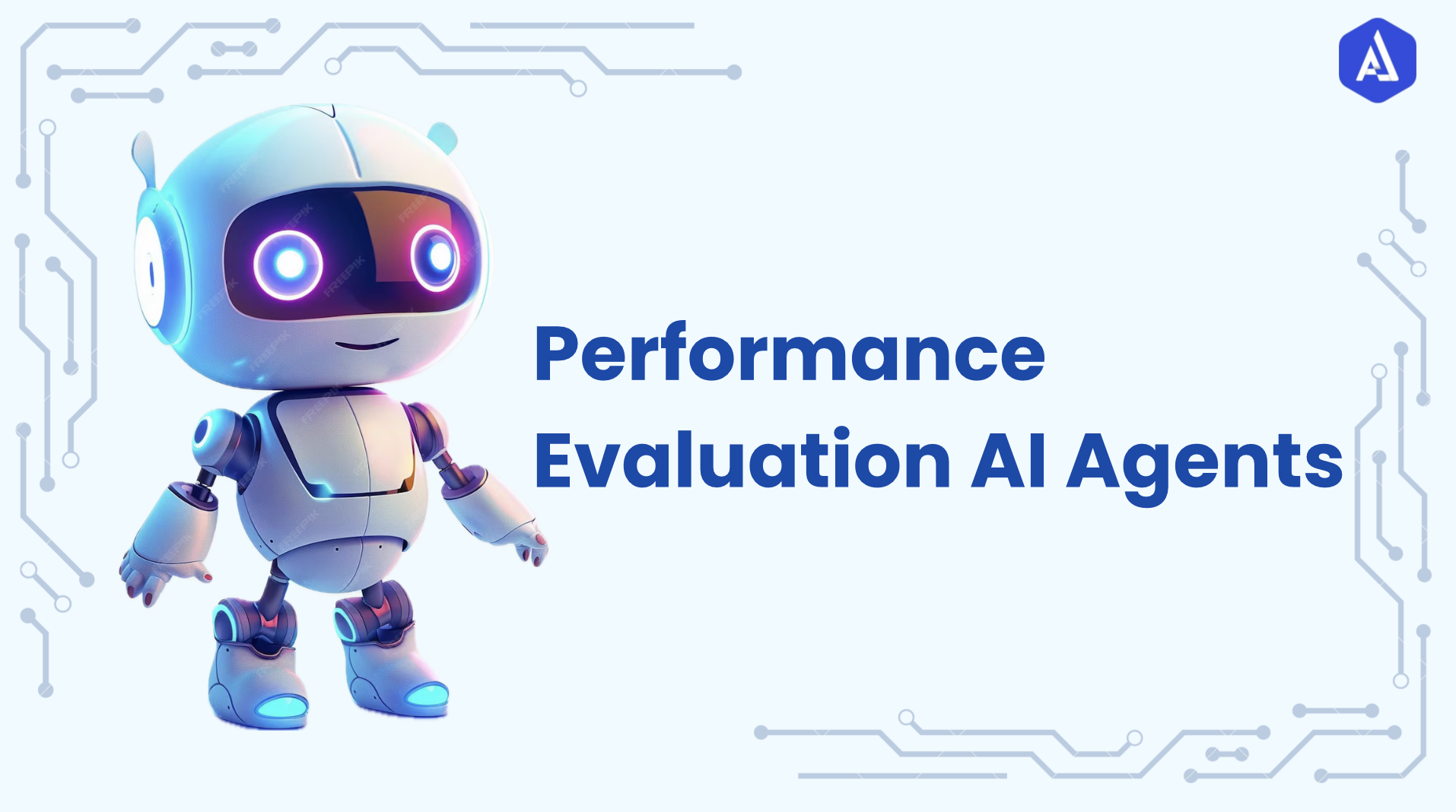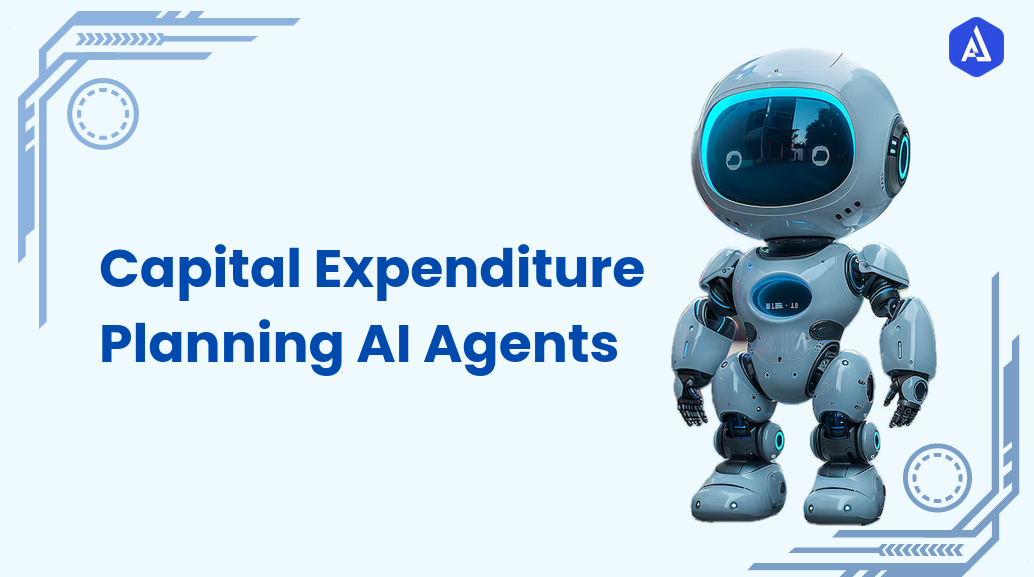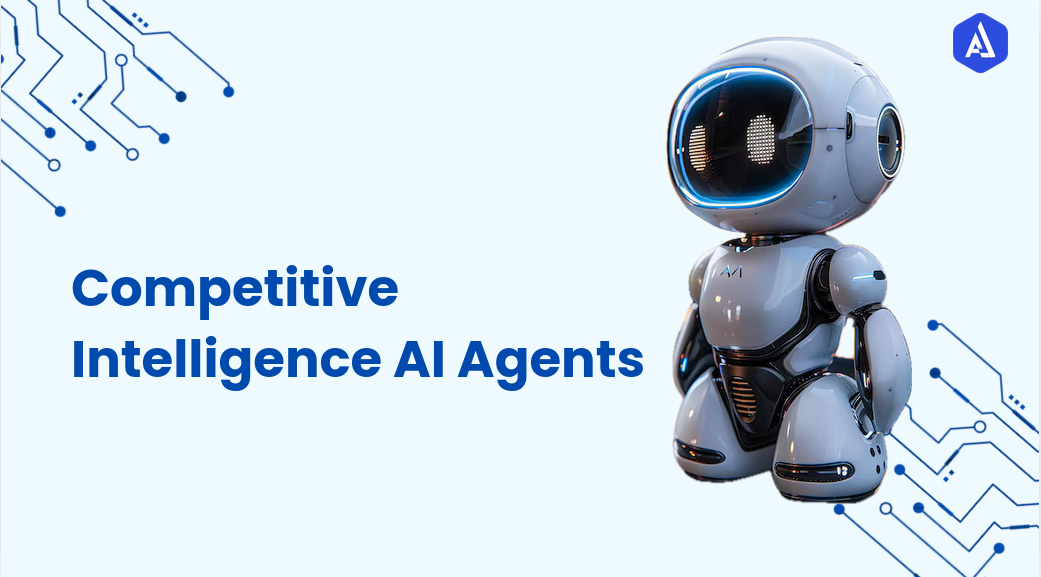Introduction
The “GPT on My Files agent” enables users to quickly and effectively mine the files and folders of types which can be represented as PDFs, CSVs, and audio.
Uploading a file and typing specific questions, the agent uses state-of-art GPT technology to analyze the content and offer context-related answers allowing researchers, analysts, and any professional to get the required data not using manual analysis.
Role of the GPT on My Files Agent
The core purpose of GPT on My Files agent is to facilitate easier and quicker insight extraction from documents. Structuring the file system can make searching for data boring and time-consuming for researchers, analysts, professionals, and everybody else. This agent must identify and parse these formats and formats and respond to certain questions.
It is used to reduce the number of things that a person might otherwise have to do individually, to improve performance, and to help the consumer easily focus on attaining outcomes instead of building information.
Challenges
-
Handling large amounts of both structured data such as CSV and semi-structured data such as PDFs and sounds.
-
Healing and helping practitioners analyse and categorise material without having to go into and look at each file.
-
Inefficiency and lengthy results in interpretation and content extraction.
The GPT on My Files agent solves these problems because it fully automates the process and provides insight to the user in a clear and easily digestible manner.
About the Agent
The GPT on My Files agent has the potential and ease of use built into the foundation of the module. You can submit your files, post your questions, and receive prompt and professional answers tailored to your needs all don’t require complicated configurations or extensive knowledge.
This highly flexible agent is compatible with file formats including PDF, CSV, and audio. It relies on GPT to identify the context of a user’s question based on the content of the file.
Depending on whether the file content represents data tables or transcriptions of audio, the agent analyses the data within a few seconds and provides the next steps to be taken.
It makes the knowledge extraction process easier, hence helping the agent improve productivity through the automation of the file analysis process.
Also, its design is able to allow data such as a very large zip file or other complex and multi-format files to be processed without the user having to cast it into different types of data.
Key Features of the Agent
The GPT on My Files agent key features are:
-
File Compatibility: It handles all types of files, including PDFs, CSVs, and different kinds of audio, and it has a very convenient feature for users.
-
Text Extraction: It parses files to make text available for analysis while relieving users of the normal burden of tending content.
-
Intuitive Interface: In particular, easy to navigate, requiring simple and intuitive upload and query functionality to allow users to start using the system immediately.
-
Contextual Understanding: As far as ranking goes the file is properly useful since the agent incorporates innovative GPT facilities to discern the context of the questions concerning the contents of the file and subsequently offers accurate and relevant answers consistently.
-
Efficient Response Time: It efficiently assesses the uploaded files and responds to the contents given by the documents and as such the time taken to process the results is relatively short for the users.
Use Cases
-
Research: Investigators can upload a most recent articles, research papers or reports in PDF format, and at most encoluseum size big CSV file of datasets of queries with likely certain questions to seek answers.
This reduces the amount of time that would otherwise be spent in reading through long documents normally or in going through data which actually takes time to be compiled in order to get information relevant for cases. In the simplest methods of input filtering and extracting the key results alone, or a specific trend, or just data, this agent facilitates the hunting game.
-
Corporate Environment: In a corporate environment, the agent can also be applied in the analysis of business reports, projection data, and any other document that comes within the organization.
Instead of reading through long articles or reports on their desk, they can upload their files and type their questions, which will enable them to receive the answers they need in minutes without having to copy anything. This enables cross-organizational team decision-making in a faster and more efficient manner for better results are informed decisions.
-
Legal and Compliance: The legal professionals will be able to use the agent for the processing of contracts and other legal documents as well as case files. With such questions, they can locate specific terms, clauses, and precedents within a short time without reading through voluminous documents.
This eases the process of legal research, hence freeing the valuable time of legal teams that can then spend a lot of time on strategy formulation rather than document review. -
Education: The agent can be used by faculty and learners to extract information from any form of educational text including, PDFs, syllabi, and lecture notes among others.
In general, the agent helps respond to questions about one area of interest or for providing a brief description of something that is being taught or being learned. Special sections are easy to locate, and employing it as a tool seems smooth for the teachers/educators. -
Healthcare: Healthcare workers can upload personal records, papers, or healthcare data and ask questions to get some idea from it. This agent assists the professional in sourcing crucial knowledge within a short time, enhancing the flow of their decisions, and consequently the treatment of the patient.
Regardless of whether it is in relation to assessing treatment options, considering patient records, or comprehending scientific research, the agent underpins the nature of healthcare.
-
Considerations: GPT on My Files agent offers lots of advantages, but file quality is a challenge:
File Quality: It is apparent that low quality of files, perhaps through low resolution of images or poor audio quality, may influence the outcome. For example, if the audio file has more background noise or if the audio is quiet, then an agent may create incorrect text.
Knowing this factor, users stand armed for the potential ability to manage and manipulate the files for processing by the agent.
Benefits and Value
The "GPT on My Files" agent offers numerous benefits that make it a valuable tool for professionals:
-
Timesaving: The automation of document review greatly reduces the time spent analyzing files compared to manually run systems.
-
Accuracy: Getting help from GPT assures that materials that have been collected will be brought without the users having to filter through the material on their own.
-
Scalability: The agent is designed to process from one file to many files based on the amount of data the user inputs.
-
User-Friendly: The absence of buttons to offer access to certain features makes the layout simple enough for one not to have to go through an orientation – one can start uploading files and ask a query at that.
-
Cost-Efficiency: However, by using the agent in the analysis process it becomes less time-consuming thus reducing the need for so much effort, therefore less expenditure is needed.
The agent improves efficiency, accuracy of the work, and user experience, which is why this tool should be used in knowledge extraction.
Usability
It is easy to use the GPT on the My Files agent, as explained below. Here’s a step-by-step guide:
-
User-Friendly Interface:
-
Legible and concise statements on what is expected of the participants at every stage of activity.
-
The functional design will not complicate the navigation of the sites.
-
-
File Compatibility:
-
It supports different file formats such as PDF, CSV, and audio.
-
Easy file upload process.
-
-
Query Input:
-
Input box to input questions related to the particular file that has been uploaded.
-
It enables predictive responses to be a little more precise.
-
Offers some examples of suggested queries to be used to help the users.
-
-
Running the Agent:
-
A simple “Run” button is needed to initiate the analysis.
-
Progress indicator to inform users of the analysis status.
-
Quick processing time, usually within minutes.
-
- Natural Language Processing and Machine Learning Capabilities:
-
Analyses the structure and content of your files to generate accurate and relevant responses.
-
Utilize a large language model to understand the context and meaning of your questions.
-
-
Results Presentation:
-
Clear and concise answers derived from the file content.
-
Option to view detailed explanations or summaries as needed.
-
Answers are organized for easy comprehension.
-
-
Advanced Customisation:
-
Access to settings for more tailored responses.
-
Ability to adjust parameters based on user needs.
-
-
Feedback Mechanism:
-
Option for users to provide feedback on the agent’s responses.
-
Continuous improvement based on user suggestions and experiences.
-
For more advanced use cases, users can explore the agent’s settings and customise the query for more tailored responses. Additionally, users can troubleshoot potential issues related to file quality or size by following the guidelines provided in the user manual.


